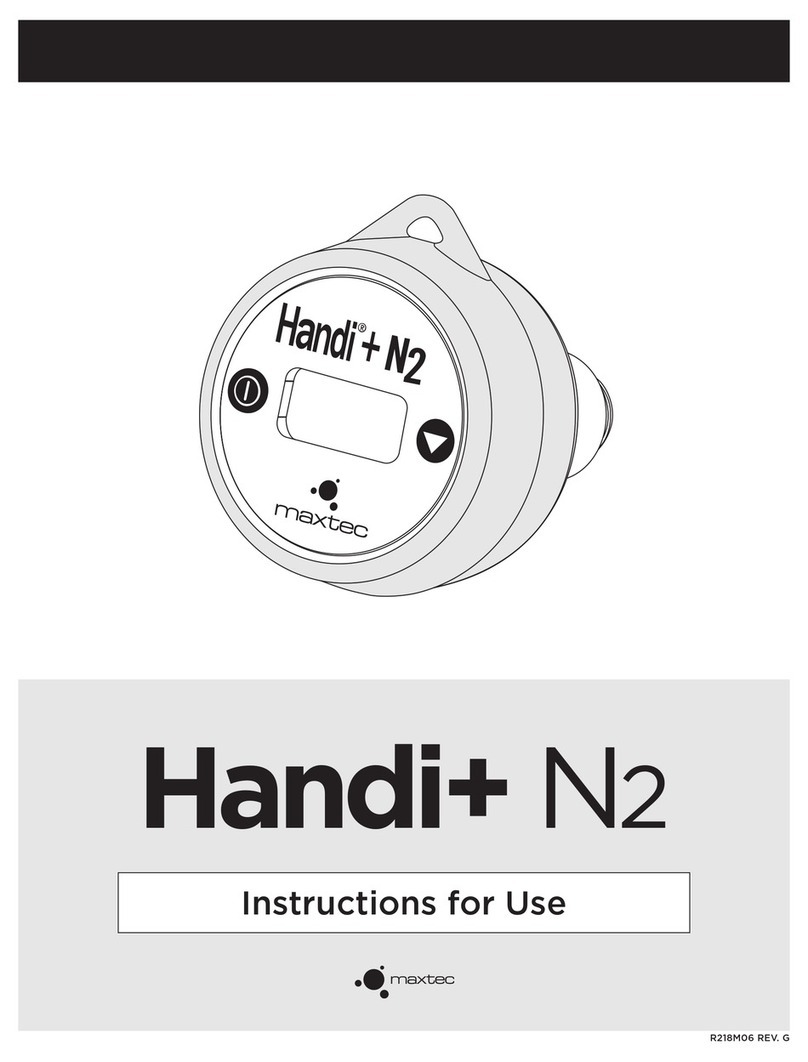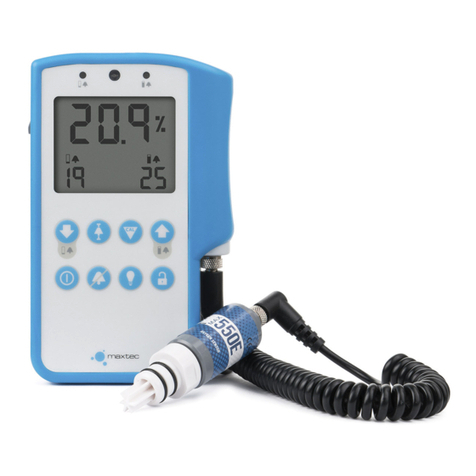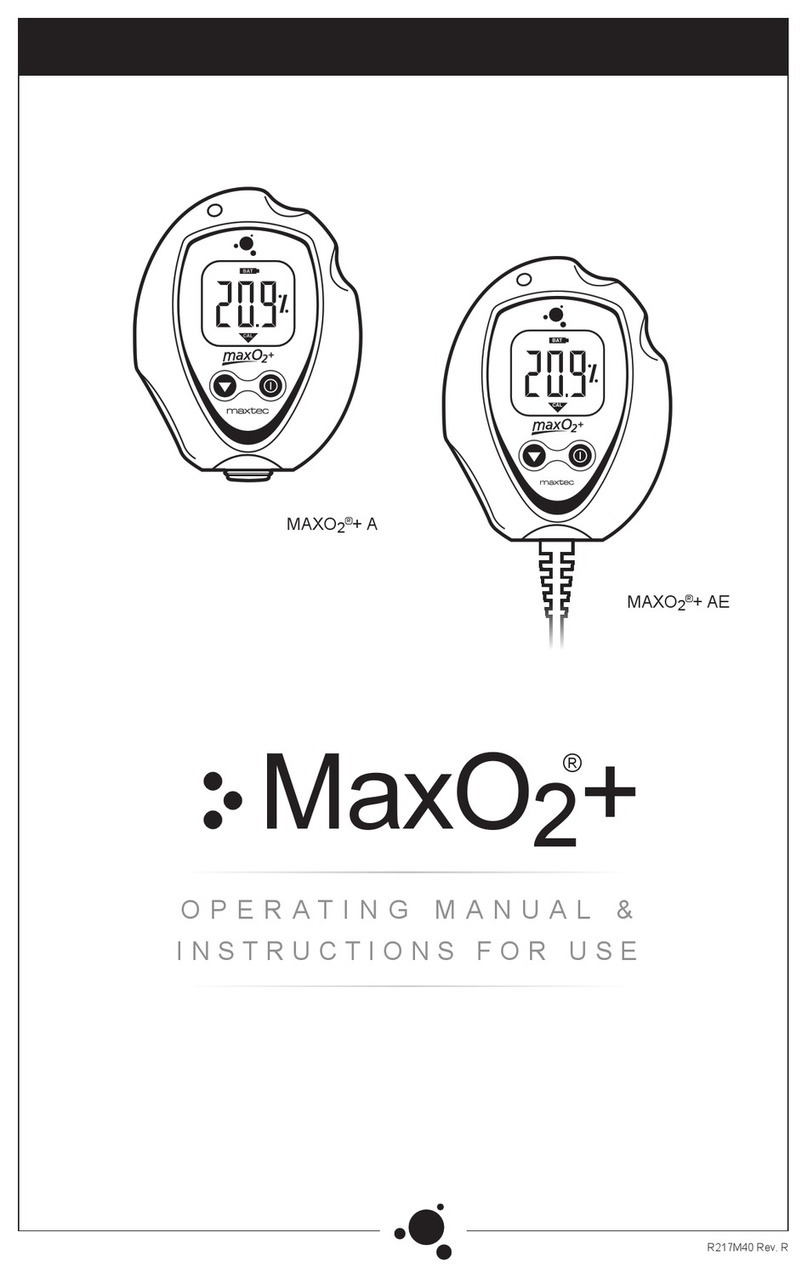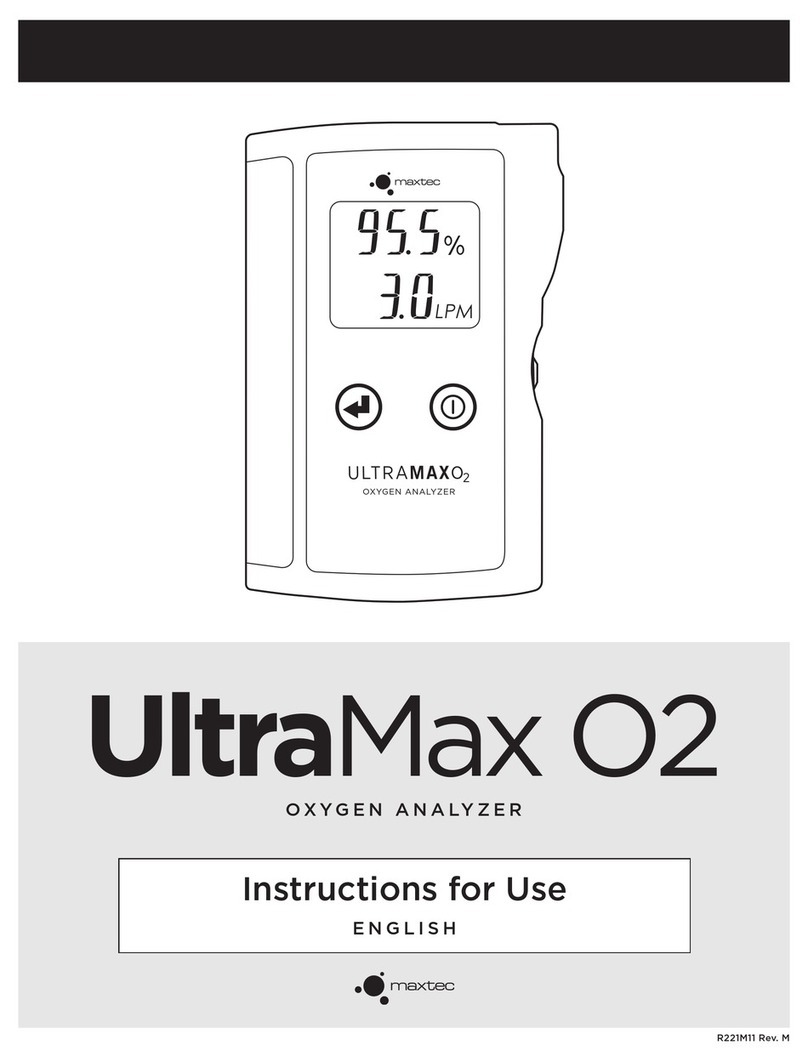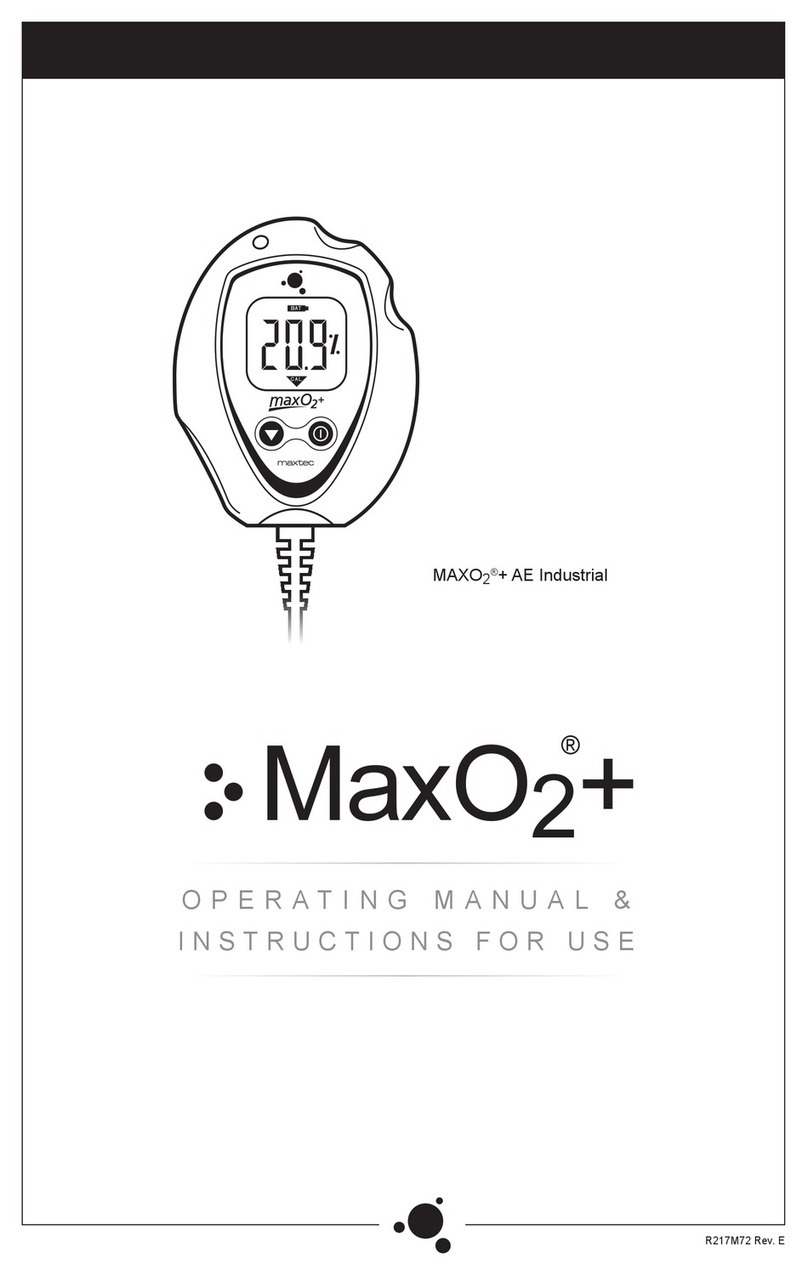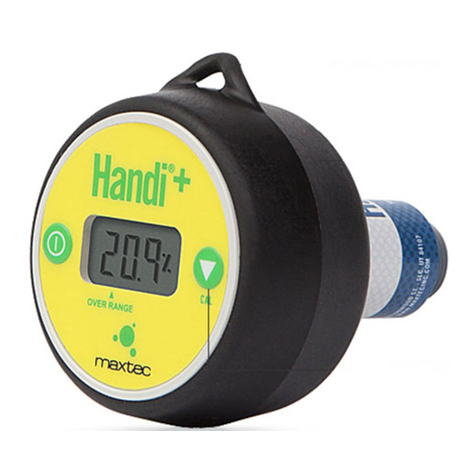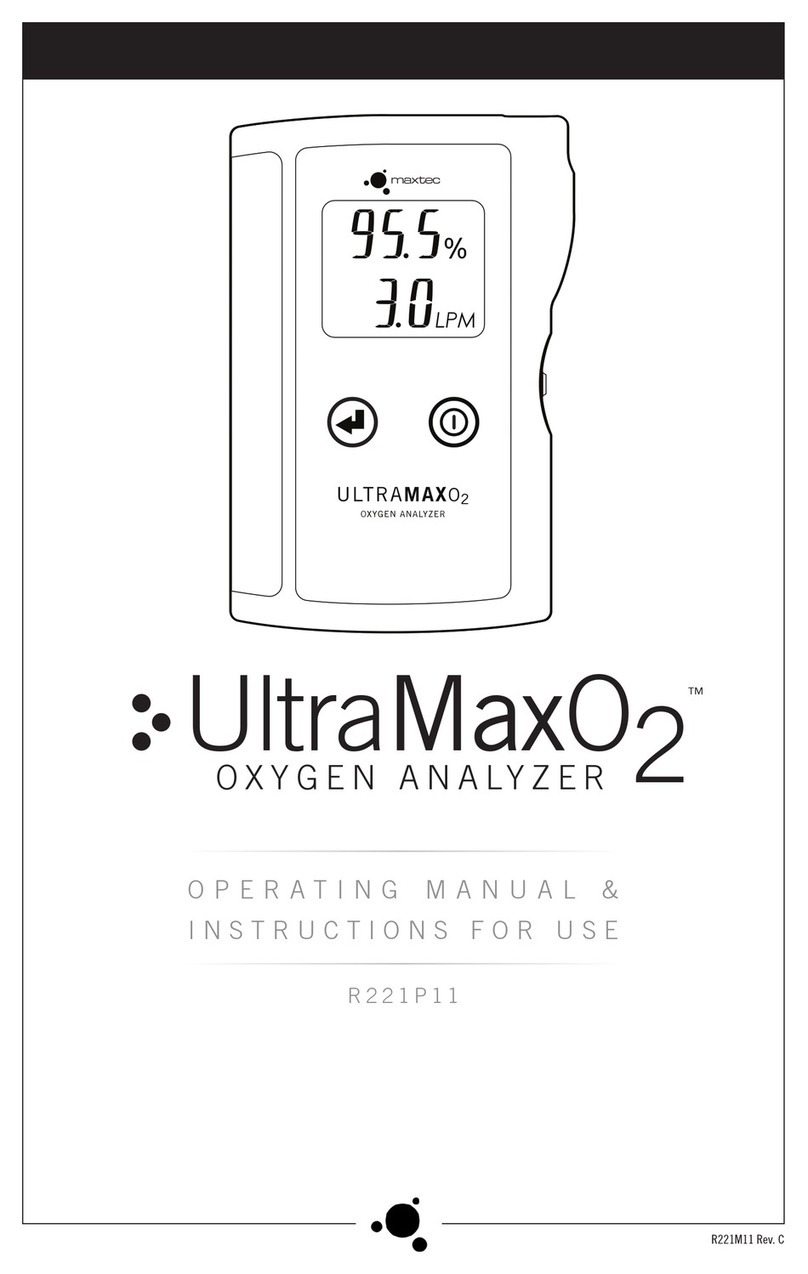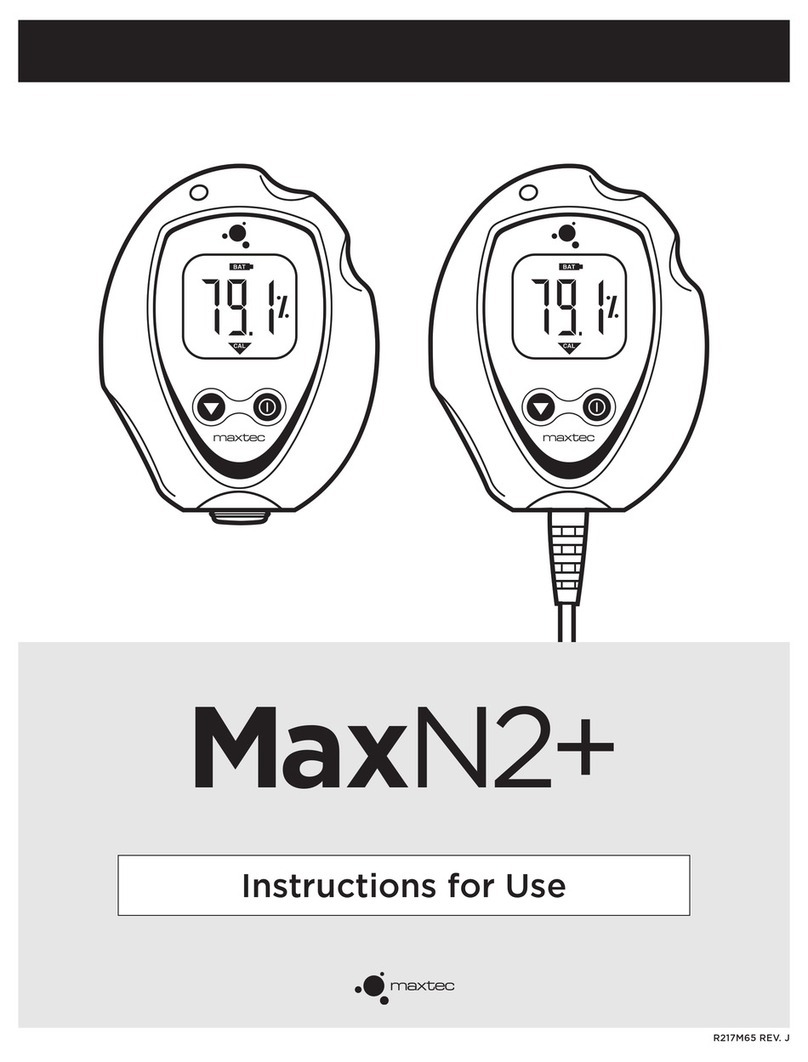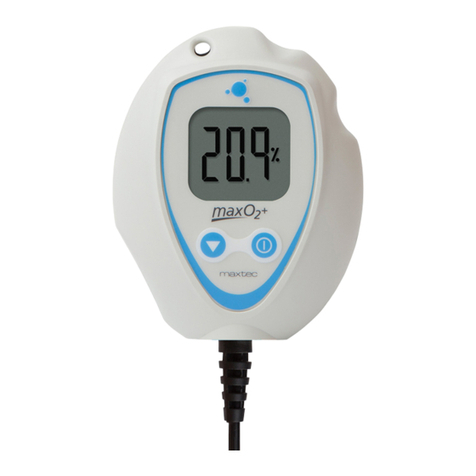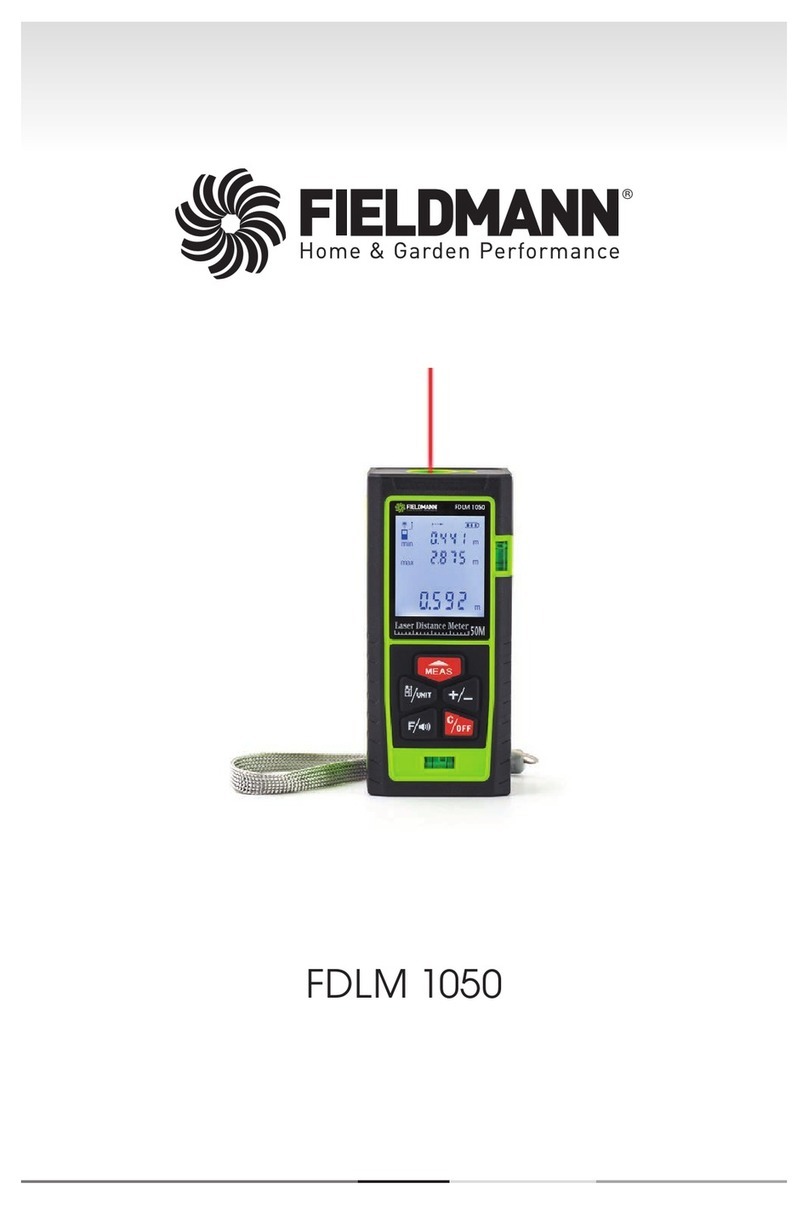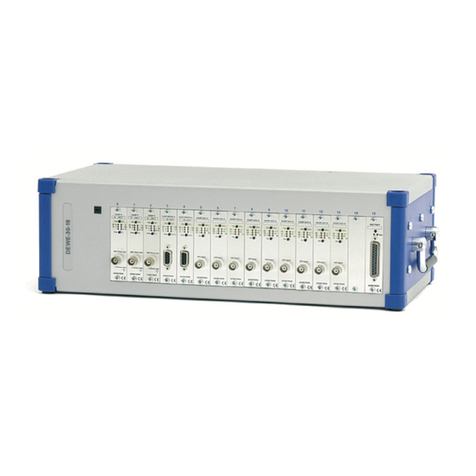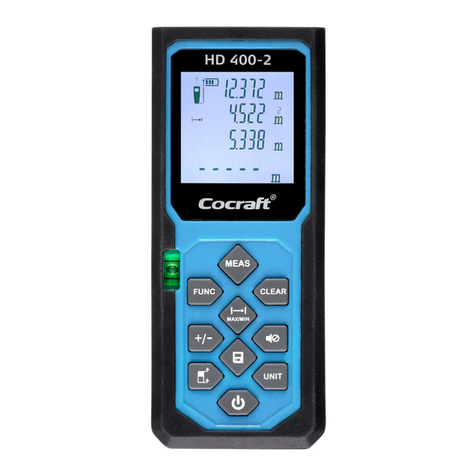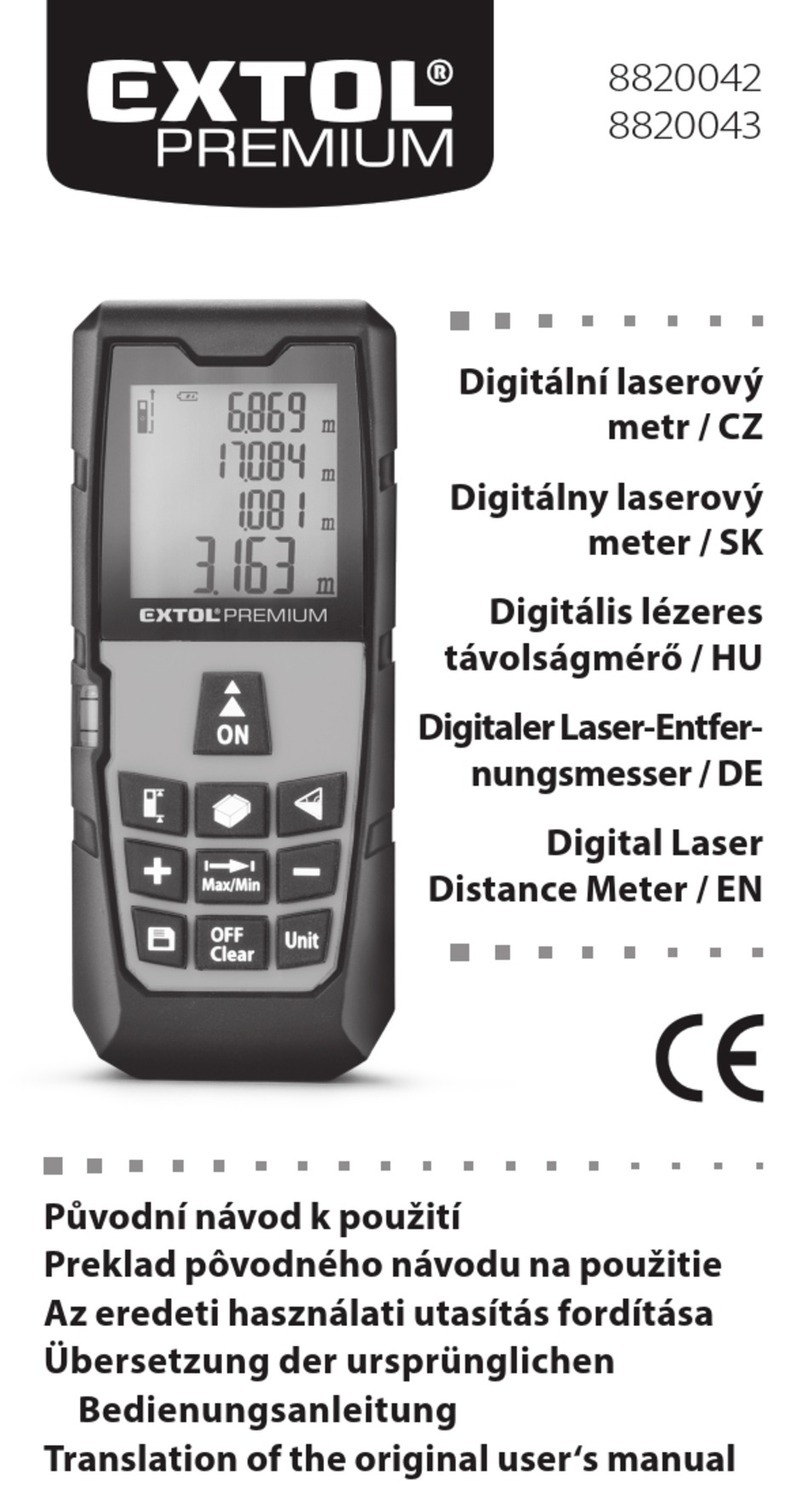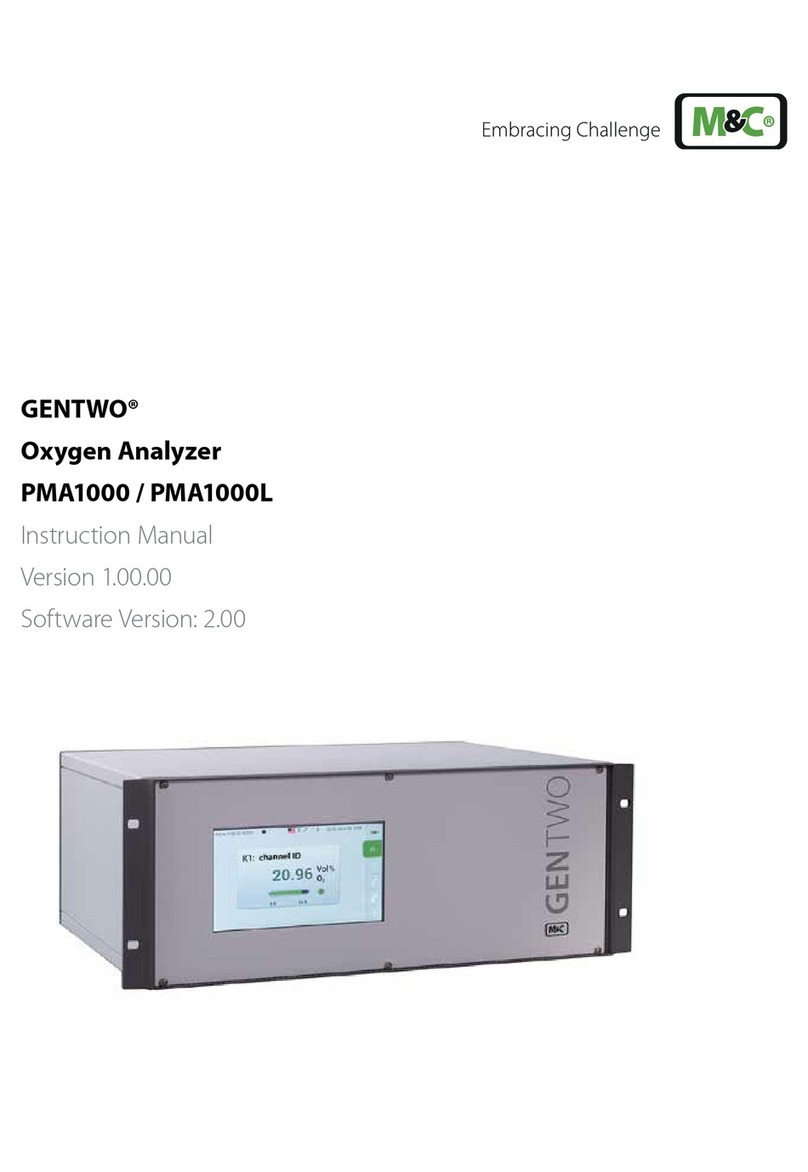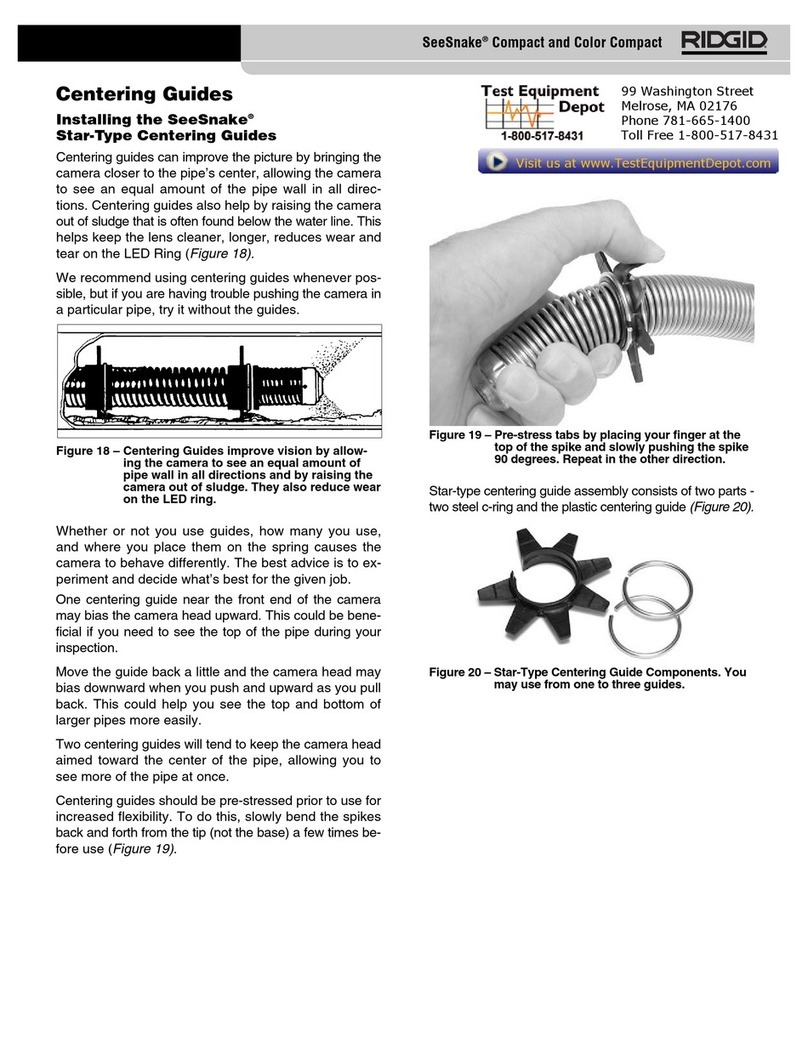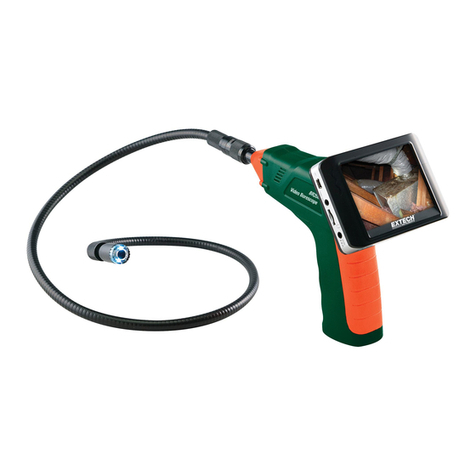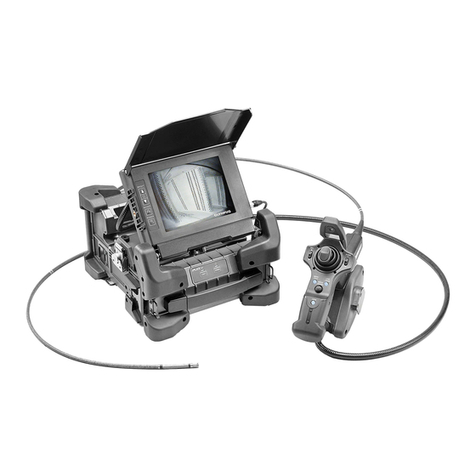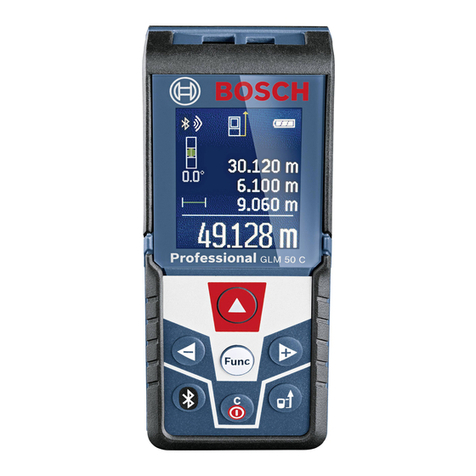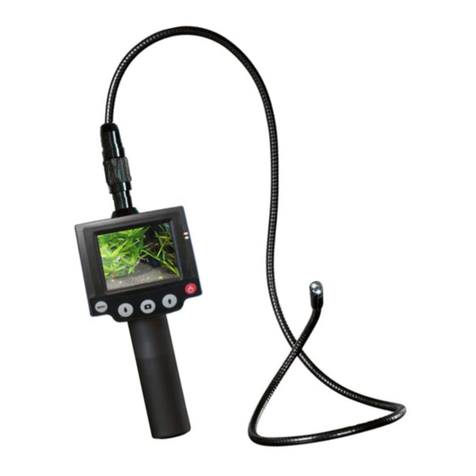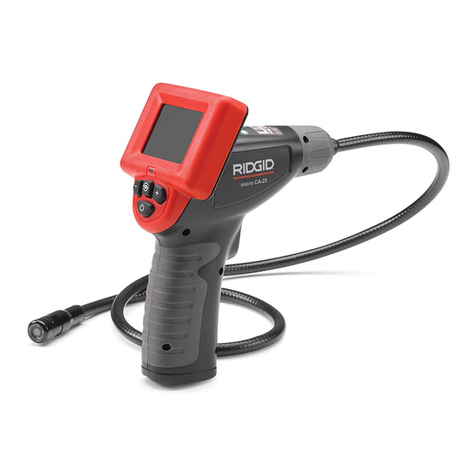
ENGLISH 2WWW.MAXTEC.COM • (800) 748-5355
Read this entire manual before attempting to operate or service the MaxBlend 2+p. Attempting
to operate the MaxBlend 2+p without fully understanding its features and functions may result
in unsafe operating conditions.
CLASSIFICATION
Protection against electric shock ............................................................................................ Class II
Ingress Protection.......................................................................................................................... IPX1
Mode of operation .............................................................................................................Continuous
Sterilization.................................................................................................................. See section 6.0
Applied Parts....................................................................................................Type B (Entire Device)
Flammable anesthetic mixture ..................................................................................See section 9.4
CAUTION: Federal law restricts this device to sale by, or on the order of, a medical
professional.
Product Disposal Instructions:
The sensor, batteries, and circuit board are not suitable for regular trash disposal.
Be sure to dispose of expired sensors in accordance with hospital, local, state, and
federal regulations, or return to Maxtec for proper disposal or recovery. There are
no special considerations for the disposal of the product packaging.
WARRANTY
The MaxBlend 2+p is designed for air/oxygen delivery. Under normal operating conditions, Maxtec
warrants the MaxBlend 2+p to be free from defects of workmanship or materials for a period of
three years from the date of receipt from Maxtec, provided that the unit is properly operated
and maintained in accordance with Maxtec’s operating instructions. Based on Maxtec’s product
evaluation, Maxtec’s sole obligation under the foregoing warranty is limited to making repairs,
or issuing credit, or replacement for equipment found to be defective. This warranty extends
only to buyers purchasing new equipment directly from Maxtec, or through Maxtec’s designated
distributors and agents. Maxtec warrants the MAX-550E oxygen sensor in the MaxBlend 2+p to
be free from defects in material and workmanship for a period of two years from Maxtec’s date
of shipment in a MaxBlend 2+p unit. Should a sensor fail prematurely, the replacement sensor is
warranted for the remainder of the original sensor warranty period. Routine maintenance items,
such as batteries, are excluded from warranty. Maxtec, and any other subsidiaries, shall not be
liable to the purchaser or other persons for incidental or consequential damages to equipment
that has been subject to abuse, misuse, misapplication, alteration, negligence, or accident. THESE
WARRANTIES ARE EXCLUSIVE AND IN LIEU OF ALL OTHER WARRANTIES, EXPRESSED OR IMPLIED,
INCLUDING WARRANTY OF MERCHANTABILITY AND FITNESS FOR A PARTICULAR PURPOSE.
NOTE: In order to obtain optimum performance from your MaxBlend 2+p, all operation and
maintenance must be performed in accordance with this manual. Please read the manual
thoroughly before using the MaxBlend 2+p, and do not attempt any repair or procedure that is
not described herein. Maxtec cannot warranty any damage resulting from misuse, unauthor-
ized repair, or improper maintenance of the instrument.
EMC Notice
This equipment uses, generates, and can radiate radio frequency energy. If not installed and
used in accordance with the instructions in this manual, electromagnetic interference may
result. The equipment has been tested and found to comply with the limits set forth in IEC
60601-1-2 for medical products. These limits provide reasonable protection against electromag-
netic interference when operated in the intended use environments described in this manual.
MRI Notice
This equipment contains electronic and ferrous components, whose operation can be affected
by intense electromagnetic fields. Do not operate the MaxBlend 2+p in an MRI environ-
ment or in the vicinity of high-frequency surgical diathermy equipment, defibrillators, or
shortwave therapy equipment. Electromagnetic interference could disrupt the operation of
the MaxBlend2+p.
WARNINGS
Indicates a potentially hazardous situation which, if not avoided, could result in death or seri-
ous injury.
The following warnings apply any time you operate
or service the MaxBlend 2+p:
◆ALWAYS confirm prescribed flow before administering to patient and monitor flow on a
frequent basis.
◆Always follow ANSI and CGA standards for medical gas products, flowmeters, and oxygen
handling.
DO NOT operate the MaxBlend 2+p unless qualified personnel are in attendance to
promptly respond to alarms, inoperative conditions, or sudden malfunctions.
◆Patients on life-support equipment should be visually monitored at all times.
DO NOT ignore audible alarms of the MaxBlend 2+p. Alarms indicate conditions that
require your immediate attention.
DO NOT use parts, accessories, or options that have not been authorized for use with the
MaxBlend 2+p. Using unauthorized parts, accessories, or options may be harmful to the
patient or damage the MaxBlend 2+p.
◆Check all audible and visual alarms periodically to ensure they are operating properly.
If an alarm fails to activate, contact your Maxtec Certified Service Technician. Be sure
to review and, if necessary, re-set alarms and limits when patient's clinical condition
changes or when the physician prescribes a change in oxygen therapy.
DO NOT operate the MaxBlend 2+p with the monitor powered off or without setting the
adjustable alarms. All adjustable alarms must be set to ensure safe operation.
DO NOT steam autoclave or otherwise subject the MaxBlend 2+p to temperatures above
122°F (50°C).
◆If either the air or oxygen source pressure is reduced or increased sufficiently to create a
pressure differential of 20 PSI or more, an audible alarm will sound. This condition may
significantly alter the FiO2 and flow output from the MaxBlend 2+p.
DO NOT tape, obstruct, or remove the alarm during clinical use.
DO NOT occlude the sensor port on the side of the MaxBlend 2+p.
◆An air inlet/water filter is recommended for use with the MaxBlend 2+p. See section 6.1.
DO NOT use lubricants on the MaxBlend 2+p.
DO NOT use the MaxBlend 2+p until correct performance has been verified. See section 3.0.
◆If a condition is detected that could possibly prevent the monitor from continuing to
operate safely, it will sound an alarm. If, at any time, EOx (i.e. EO2, EO4, etc.) appears on
the LCD refer to section 4.0, or contact a Maxtec Certified Service Technician.
◆All service should be referred to a Maxtec Certified Service Technician.
◆Maxtec recommends that the MaxBlend 2+p be serviced by Maxtec at a minimum of every
three years, or if a leak or other performance problem is suspected.
◆If the MaxBlend 2+p is dropped, follow the procedures outlined in section 3.0 for a perfor-
mance check before reusing the device.
◆When the unit is going to be stored (not in use for more than 30 days), always remove the
batteries to protect the unit from potential damage due to battery leakage.
◆Always replace batteries with high-quality, name-brand “AA” alkaline batteries.
◆The low oxygen alarm can be set below 18%, and as low as 15%. See section 2.3 on setting
alarms. This is in accordance with IEC 80601-2-55.
◆To reduce the risk of cross contamination, only single use pressure monitoring line with
moisture control tubing with an inline filter should be used with this device.
EN Instructions for Use
Conforms to:
AAMI STD ES60601-1, ISO STD
80601-2-55, IEC STDS
60601-1-6, 60601-1-8
Certified to:
CSA STD C22.2 No. 60601-1
NOTE: The latest edition of this operating manual can be downloaded from our website at www.maxtec.com
When is PP being migrated, and after the migration where should the central intranet sit.
Maxtec, LLC
2305 South 1070 West
Salt Lake City, Utah 84119
USA
phone: (800) 748.5355
fax: (801) 973.6090
email: sales@maxtec.com
web: www.maxtec.com
